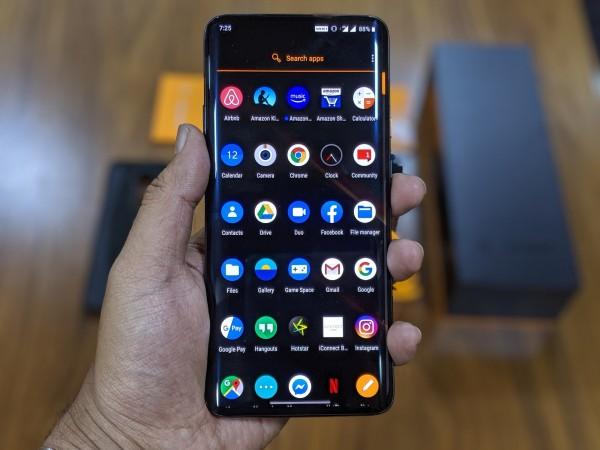OnePlus has become a household name since its inception and it now has a strong community of fans from around the world. OnePlus is one of the few brands that are driven by its community members, who are constantly offering suggestions on how to improve the user experience. OnePlus takes user feedback seriously, but one suggestion has fallen on deaf ears up until now.
In 2018, when OnePlus launched the OnePlus 6 series, the company had an always-on feature. But to everyone's surprise, the feature was removed when the smartphone was launched, making some users really unhappy. After almost two years, OnePlus might have answered the calls of fans still demanding the always-on functionality in OnePlus phones.
OnePlus Always-On Display
OnePlus OxygenOS is easily the best custom ROM in a smartphone. It is clean, has simple animations, near-to-stock experience with some thoughtful integrations. However, OxygenOS users demanded that OnePlus phones be updated with always-on display feature and a request for the same was submitted to OnePlus IDEAS portal earlier this month.

Finally on Friday, OnePlus noted that the much-anticipated AOD feature is being fine-tuned, which means it might arrive on OnePlus phones sooner than later. "We are working on fine-tuning AOD to make sure it is perfectly optimised," OxygenOS Operations staff Gary C said on the OnePlus IDEAS portal.
The top IDEA is Always-On Display. We hear you, and our OS Product team has replied: it's on our roadmap.
— OnePlus (@oneplus) March 27, 2020
While this might be great news for many fans, there's no exact date on when we can expect to see the feature in OnePlus phones and which of the phones will actually receive it. Those are the questions for another day.
What took so long?
One of the most common features in OLED and AMOLED dismay phones is an always-on display, but OnePlus, despite being an early adopter of AMOLED screens (since OnePlus 3), failed to offer it in its phones. OnePlus' concern for not including this feature in its phones is the impact it could have on phones' battery life.

"We ran some tests on the viability of this feature and found out that AOD could roughly consume about 350-500 mAh of the battery, which means you might get one or two hours deducted from your daily usage. Such a battery drainage issue will have a notorious impact on digital natives. This could lead to substandard performances, which makes us more careful about this decision,"









!['Had denied Housefull franchise as they wanted me to wear a bikini': Tia Bajpai on turning down bold scripts [Exclusive]](https://data1.ibtimes.co.in/en/full/806605/had-denied-housefull-franchise-they-wanted-me-wear-bikini-tia-bajpai-turning-down-bold.png?w=220&h=138)



